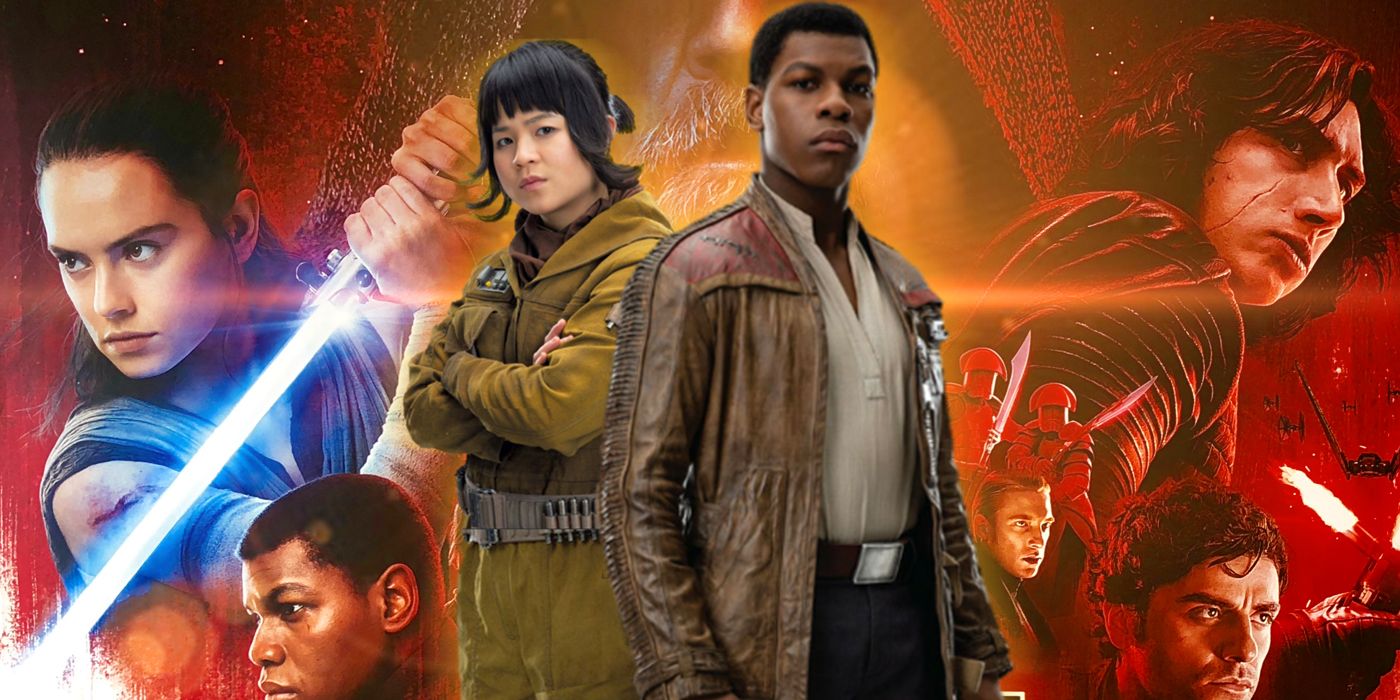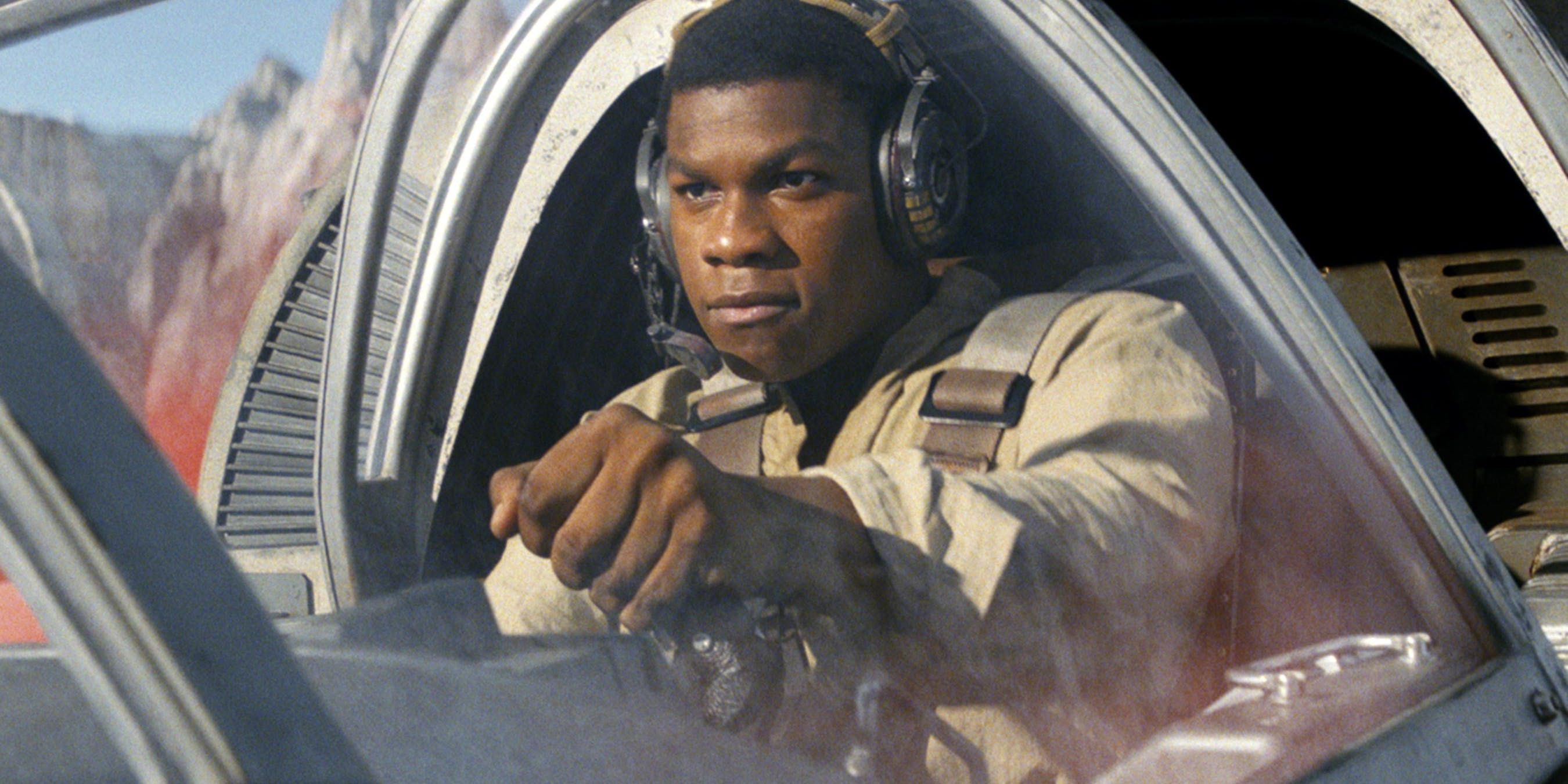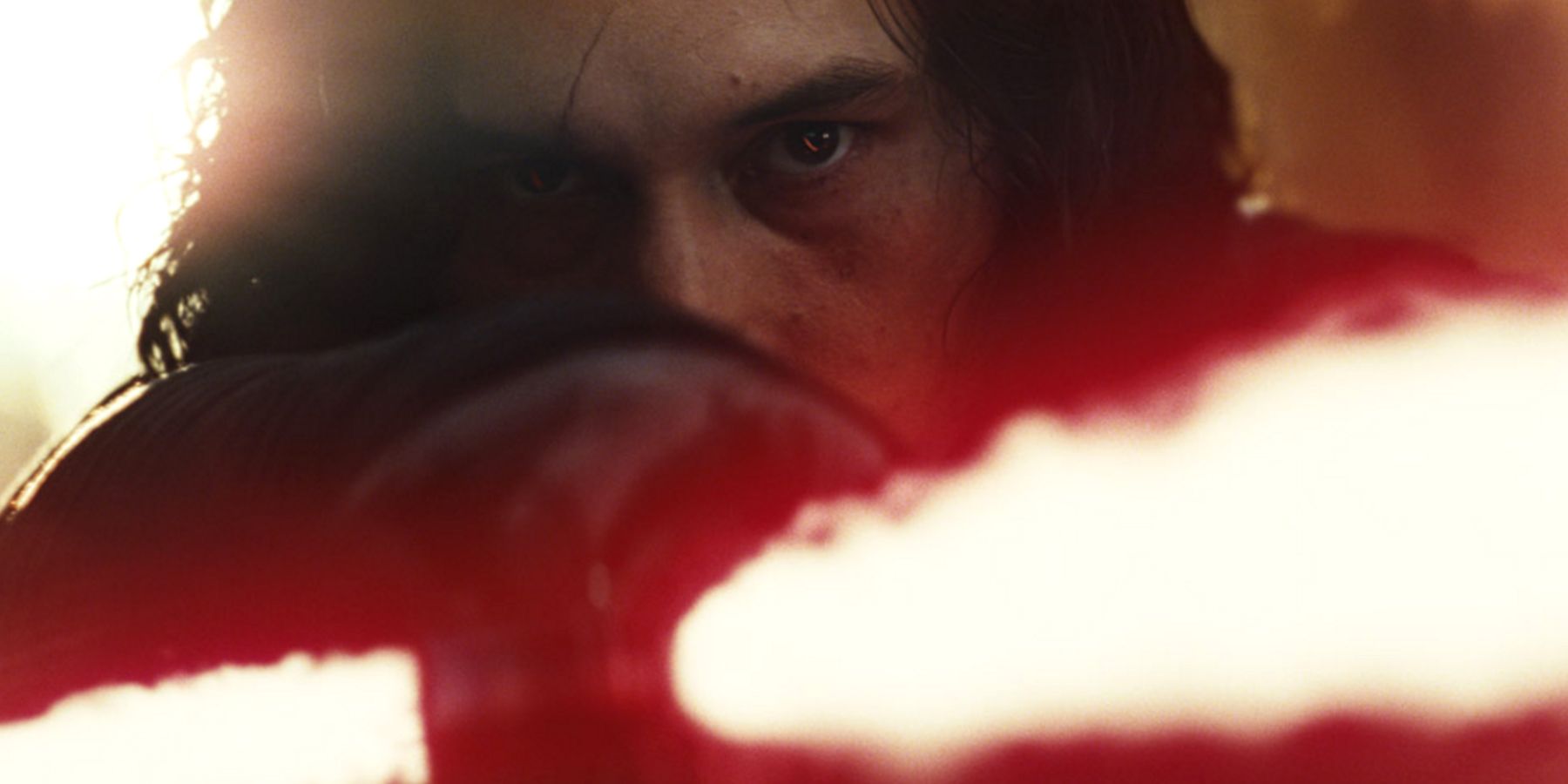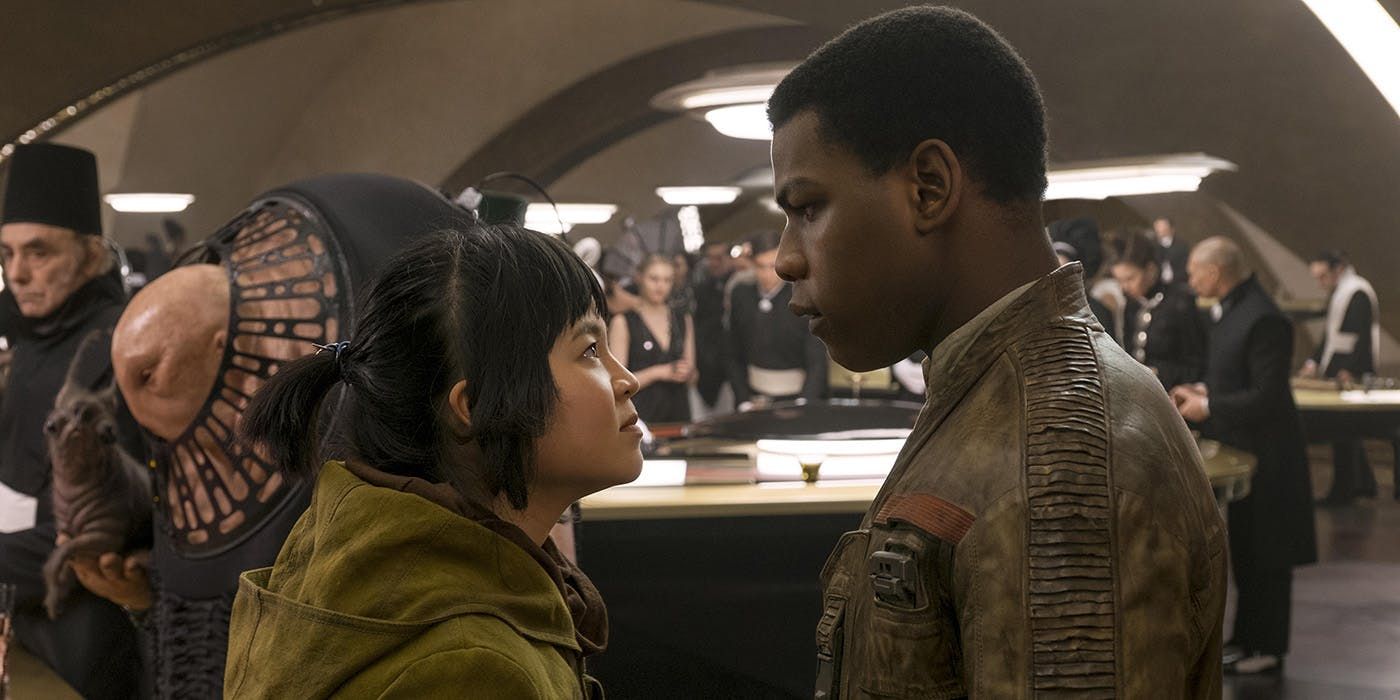Star Wars: The Last Jedi has developed something of a reputation, both from fans and haters, as the "woke" Star Wars movie. However, this reputation may not be as accurate as it was perceived. In a recent interview with GQ magazine, John Boyega expressed his disappointment in Disney's handling of its characters of color in the latest Star Wars trilogy, specifically his own character, Finn. The sequels started out promising, but as time went on, character diversity became weaker and weaker.
In the aforementioned GQ interview, John Boyega criticized Disney for the mistreatment of his character and the other characters of color, such as Rose (Kelly Marie Tran), Poe (Oscar Isaac) and Jannah (Naomi Ackie). He's quoted as saying, "What I say to Disney is do not bring out a Black character, market them to be much more important in the franchise than they are and then have them pushed to the side."
When Disney was promoting Star Wars: The Force Awakens, the company heavily marketed Finn. Audiences were initially introduced to Finn in the very first teaser for The Force Awakens. He's dressed in Stormtrooper armor minus the helmet, which reveals him to be Black. He says nothing; he's sweating, panting, seemingly disoriented, yet his presence in these few seconds alone speaks volumes, because in this moment, Star Wars introduces its first Black lead. In the official trailer, Finn is shown wielding Luke Skywalker's lightsaber against Kylo Ren. Disney portrayed Finn as a central character, sure to have a prominent storyline in the coming movies.
This seemed like a promising step in the right direction for the mostly white-casted, male-centered films of the studio's past. Unfortunately, the movies following The Force Awakens would prove Disney's inadequacy in the realm of character diversity. Though the sequels did produce a more racial and gender diverse cast, these characters were not as developed as their white counterparts and were eventually sidelined. Finn, a character once full of potential, became less and less prominent as the movies went on.
Specifically with The Last Jedi, audiences were disappointed that Disney did not deliver on what they thought would be a diverse film. The film introduced the first Asian lead in the sequels, Rose Tico, who would join Finn on an adventure across the galaxy. However, audiences were disappointed in these character's storylines as they seemed completely unnecessary to the film as a whole. This is in no part due to the actors -- rather, it is the fault of the filmmakers and their inadequacy in this realm.
Boyega points out that Disney is an expert at highlighting white characters, but when it comes to racially diverse characters, the company doesn't know what it's doing. He added to his statement, "Like, you guys knew what to do with Daisy Ridley, you knew what to do with Adam Driver. You knew what to do with these other people, but when it came to Kelly Marie Tran, when it came to John Boyega, you know fuck all....They gave all the nuance to Adam Driver, all the nuance to Daisy Ridley. Let's be honest. Daisy knows this. Adam knows this. Everybody knows. I'm not exposing anything."
Disney's mistreatment of its racially diverse characters is incredibly disappointing, and its mistreatment of its female characters is as well. The Last Jedi's strongest characters are almost all women, which seems like step in the right direction for female representation, but it isn't necessarily. Besides the character of Rey, the female characters in the sequels are introduced, given their moment to shine, and then brushed to the side, or they are just boring characters that have no substance and seem to be included in a tokenistic way. For example, The Last Jedi pushed aside the only female villain, the badass Stormtrooper Captain Phasma. Phasma was introduced in The Force Awakens and was marketed, like Finn, to seem to have a big role in the franchise. Unfortunately, she only makes a brief appearance in The Last Jedi, and was most likely killed off prior to The Rise of Skywalker. The two other main villains, who are both white males, remained the focus of the rest of the films. This was another huge missed opportunity for the Star Wars franchise.
The Black Lives Matter revolution has generated a huge call for systemic reformation and reconciliation in the United States (and worldwide). Activists, politicians, public figures and citizens who believe in the movement want change at every level of our culture -- including the film industry. Though The Last Jedi initially seemed to be the "woke" film of the sequels, upon closer inspection, it's glaringly clear that it's quite the opposite. Disney missed a huge opportunity to highlight underrepresented groups.




